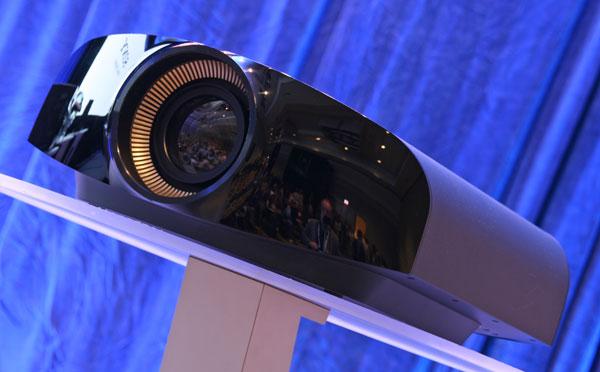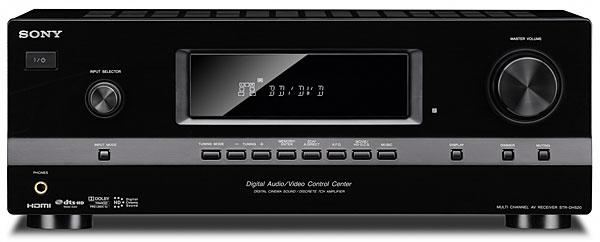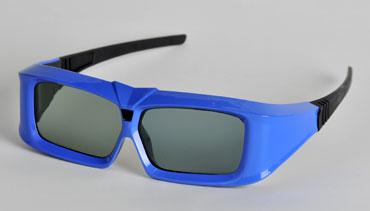LATEST ADDITIONS
|
Sep 30, 2011
The appearance of 4K home-theater projectors from Sony (4096x2160, seen above) and JVC (which is really more of a "pseudo-4K" that upscales 1080p to 3840x2160) has sparked increased interest in super-high resolution for consumers, especially since 4K seemed like a far-off dream until now. But many argue that the benefits of higher resolution are not visible on any screen size intended for home use. In fact, most people can't see the pixel structure of a 2K digital-cinema projector on a much larger commercial screen when sitting at a normal viewing distance, so how could they perceive the increased resolution of 4K on a smaller home screen?
Then there's the issue of 4K content, which I believe won't be available for distribution to the home for quite some time, if ever. Yes, we might see 4K-capable media in the next year or twofor example, BDXL optical discs and RedRay serversbut the studios give relatively few movies the full 4K treatment, and I bet those same studios will be loath to release movies for the home market at 4K. Until they do, owners of 4K displays will be limited to upscaled 1080p, which isn't all that much sharper than the original and carries the risk of scaling artifacts.
So I wonder how important 4K really is in the home? What do you think?
Vote to see the results and leave a comment about your choice.
|
Sep 29, 2011


 In 1959, a UFO crash-landed on the moon and it was the true catalyst for space race between the US and Russia as they hurried to investigate the incident. In present day, the Autobots become aware of the crash and race to the moon to do their own investigation. Onboard the spacecraft they discover a deactivated Sentinel Prime who can only be reactivated by Optimus Prime, who is curious what happened so many years ago.
In 1959, a UFO crash-landed on the moon and it was the true catalyst for space race between the US and Russia as they hurried to investigate the incident. In present day, the Autobots become aware of the crash and race to the moon to do their own investigation. Onboard the spacecraft they discover a deactivated Sentinel Prime who can only be reactivated by Optimus Prime, who is curious what happened so many years ago.









